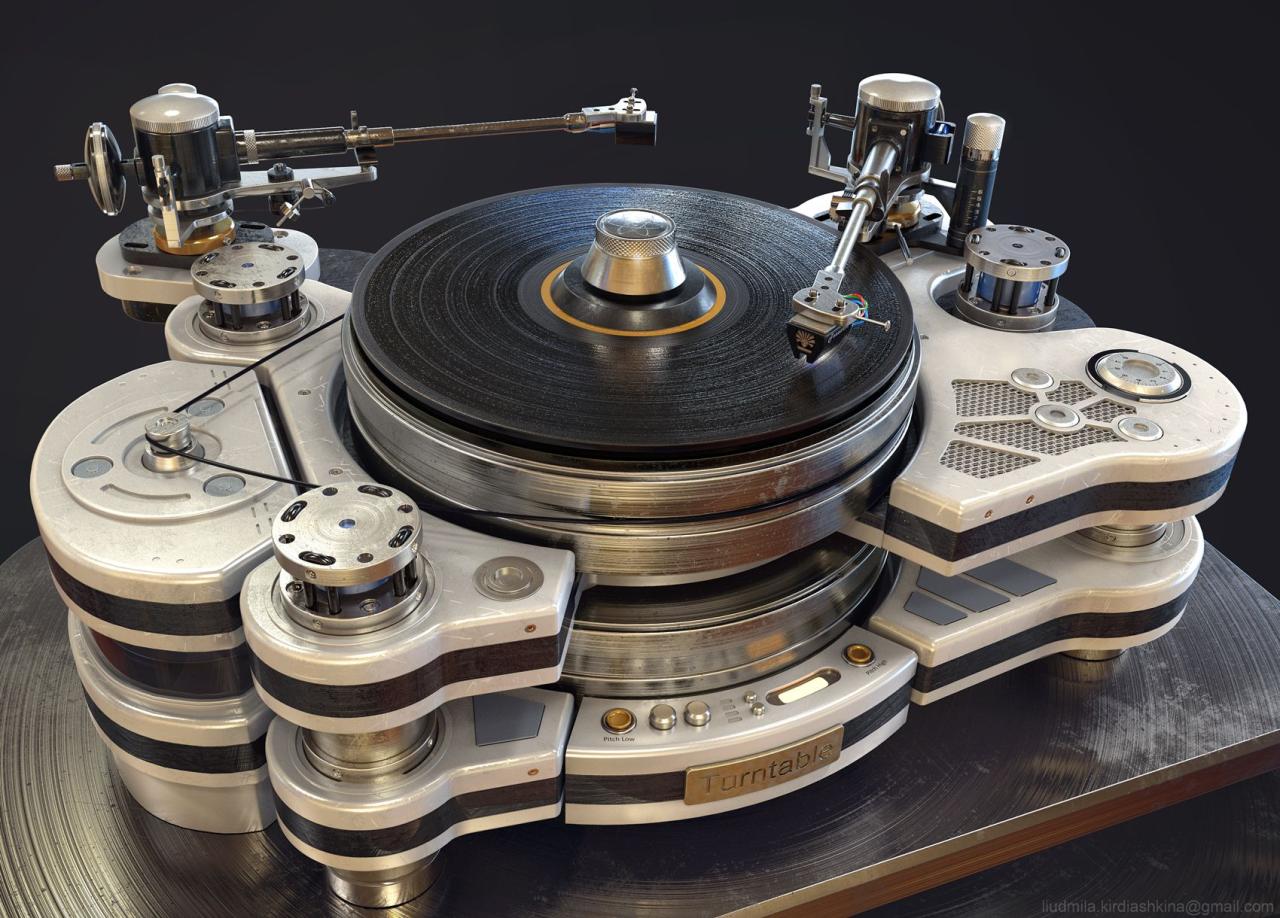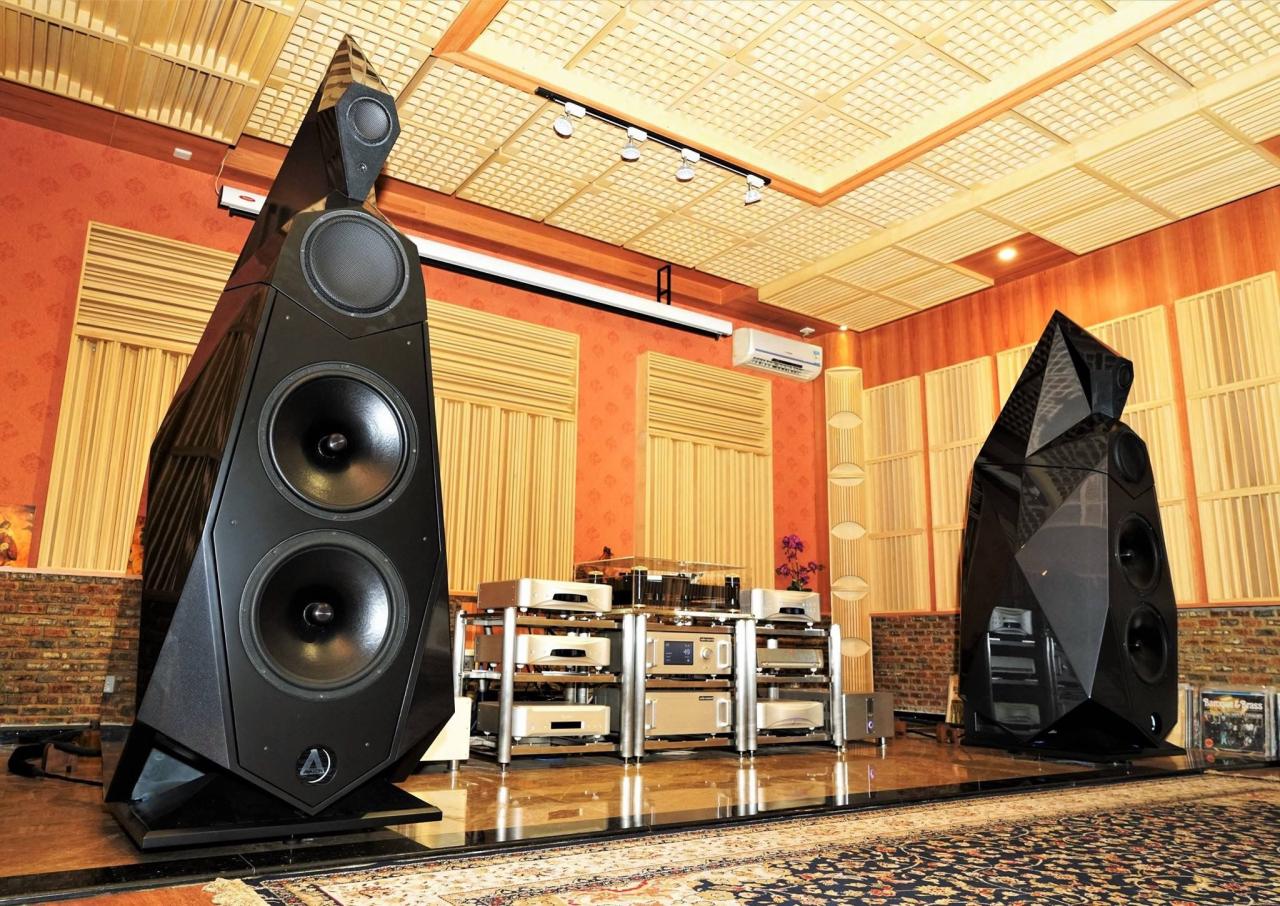Audiophile travel aetup – Audiophile Travel Setup: Imagine experiencing your favorite music with pristine audio quality, no matter where your travels take you. This guide dives into creating the perfect portable audiophile system, ensuring you never compromise on sound even when on the go. We’ll cover everything from selecting the best portable DAC/amp and headphones to optimizing your music library and managing power effectively.
Get ready to elevate your listening experience to new heights, wherever your journey may lead.
We’ll explore various high-fidelity headphone options, comparing their strengths and weaknesses for different travel environments. We’ll also delve into practical tips for organizing your digital music collection, selecting the right audio file formats, and managing power sources effectively during your travels. Finally, we’ll discuss strategies for mitigating ambient noise and protecting your precious audio equipment while on the move.
Headphone Selection for Travel

Choosing the right headphones for travel is crucial for the audiophile on the go. The ideal headphone will balance exceptional sound quality with comfort and practicality for various travel situations, from the noise of an airplane cabin to the quiet of a hotel room. Let’s explore the options.
The type of headphone you choose significantly impacts your listening experience while traveling. Different environments demand different headphone designs, each with its own strengths and weaknesses.
Planning a trip? Don’t forget travel insurance! For comprehensive coverage, check out Aon travel insurance – they’ve got options for all kinds of adventures. Need something tailored for your business trips? Then head over to Aon travel insurance for corporate plans. Seriously, getting insured is a smart move; you’ll sleep better knowing you’re covered.
Headphone Type Considerations for Travel
Selecting the right headphone type for travel depends heavily on your environment and priorities. Below is a breakdown of the three main types and their suitability for travel.
- Open-Back Headphones: These offer a spacious and natural soundstage, but their lack of noise isolation makes them unsuitable for noisy environments like airplanes or busy public transport. They are best reserved for quiet settings where you can fully appreciate their detailed sound.
- Closed-Back Headphones: Closed-back headphones offer superior noise isolation compared to open-back models, making them a much better choice for travel. They effectively block out external sounds, allowing you to immerse yourself in your music even in noisy surroundings. However, they might sound slightly less spacious than open-back headphones.
- In-Ear Monitors (IEMs): IEMs are compact, portable, and often offer excellent noise isolation. They are ideal for travel due to their small size and ability to block out ambient noise. However, finding IEMs with truly audiophile-grade sound quality can require a significant investment, and comfort can vary greatly between models.
High-Fidelity Headphone Comparison for Travel
The following table compares three high-fidelity headphone models often considered suitable for travel. Note that subjective experiences with comfort and sound signature may vary.
| Model | Noise Isolation | Comfort | Sound Signature |
|---|---|---|---|
| Sony WH-1000XM5 | Excellent (Active Noise Cancellation) | Very Comfortable (Lightweight, plush earcups) | Warm, balanced, slightly bass-boosted |
| Sennheiser Momentum 4 Wireless | Excellent (Active Noise Cancellation) | Comfortable (Well-padded earcups, adjustable headband) | Detailed, neutral, slightly bright |
| Shure Aonic 50 | Good (Passive Noise Isolation, decent ANC) | Comfortable (Durable, well-fitting) | Precise, detailed, neutral |
Protecting High-End Headphones During Travel
Protecting your investment is crucial. A robust packing strategy ensures your headphones arrive at your destination in perfect condition.
Invest in a hard-shell carrying case specifically designed for headphones. These cases offer superior protection against bumps, scratches, and pressure. Consider cases with additional padding or compartments for accessories like cables and adapters. Alternatively, a well-padded soft case can provide adequate protection for less demanding travel situations. Avoid using flimsy pouches or bags that offer minimal protection.
So, you’re planning a trip? Awesome! Don’t forget travel insurance! For comprehensive coverage, check out aon travel insurance – they’ve got options for all kinds of adventures. And if you’re traveling for business, aon travel insurance offers specialized plans to protect your corporate trips. Seriously, getting insured is a total no-brainer; peace of mind is priceless, especially when you’re far from home.
Browse their sites and find the perfect fit for your travel needs.
Always pack your headphones in your carry-on luggage to avoid potential damage during checked baggage handling.
Power Management and Adapters: Audiophile Travel Aetup

Keeping your audiophile gear powered up on the go requires careful planning. International travel presents unique challenges, as different countries use different power outlets and voltages. Understanding these differences and packing appropriately will ensure uninterrupted listening pleasure. This section covers essential power adapters, charging strategies, and a packing checklist to help you stay powered up wherever your travels take you.Power adapters are crucial for international travel.
Different regions utilize varying voltage levels (e.g., 110V in North America, 220V in Europe) and plug types (Type A, Type B, Type C, etc.). Using an incompatible adapter can damage your devices. A universal travel adapter is a wise investment; these adapters typically include multiple plug types and voltage regulation to accommodate various international standards. Always check the voltage requirements of your devices before plugging them in.
Using a voltage converter is necessary if your device’s voltage rating doesn’t match the local voltage.
Essential Power Adapters and Charging Solutions, Audiophile travel aetup
Choosing the right power adapters is paramount for safe and reliable charging. A universal travel adapter with multiple plug types (Types A, B, C, G, I, etc.) is recommended. This adapter should ideally incorporate surge protection to safeguard your equipment against power surges. Consider a portable power bank with multiple USB ports, capable of fast charging, to extend the battery life of your headphones and DAP (Digital Audio Player).
For devices with higher power demands, a compact wall-wart adapter might be necessary. Remember to always check the input and output voltage ratings of all adapters to ensure compatibility with your devices and the local power supply. For example, a high-quality universal adapter from a reputable brand like Anker or Belkin will offer a degree of protection against power fluctuations and overcharging.
Power Consumption Management Strategy
Maximizing battery life while traveling involves a multi-pronged approach. First, lower the volume output of your DAP and headphones; high volumes significantly drain battery power. Second, turn off Bluetooth when not in use, as it continuously searches for connections, consuming power. Third, activate power-saving modes on your devices when possible. These modes often reduce screen brightness and background processes, significantly extending battery life.
Fourth, utilize airplane mode on your devices when not actively using data or Wi-Fi; this disables cellular and wireless communication, conserving battery. Fifth, avoid fully charging and fully discharging your batteries frequently; keeping them within a 20-80% charge range extends their lifespan.
Power-Related Packing Checklist
Before embarking on your audiophile journey, ensure you have the following:
- Universal travel adapter with surge protection.
- Portable power bank with multiple USB ports and fast-charging capabilities.
- Wall-wart adapters (if necessary for specific devices).
- All necessary charging cables (USB-C, Lightning, Micro-USB, etc.).
- A small, lightweight carrying case to organize your power accessories.
Building an audiophile travel setup isn’t just about packing your favorite gear; it’s about crafting a mobile listening experience that prioritizes sound quality, convenience, and durability. By carefully selecting your components, optimizing your music library, and understanding how to manage power and environmental factors, you can enjoy your music with unparalleled fidelity wherever your adventures take you. So, pack your bags, grab your headphones, and get ready to experience audio bliss on the go!
Essential FAQs
What’s the best way to clean my IEMs after travel?
Gently wipe the earpieces with a soft, dry cloth. For stubborn earwax, use a slightly damp cloth and then dry thoroughly. Avoid using harsh chemicals or abrasive materials.
How do I prevent my headphones from getting damaged in checked luggage?
Use a hard case specifically designed for headphones, and consider wrapping them in bubble wrap or clothing for extra protection. Avoid placing heavy items on top of them in your suitcase.
What file format offers the best balance between sound quality and storage space?
FLAC offers excellent sound quality but takes up considerable space. Consider lossy formats like AAC or MP3 for smaller file sizes, but expect some compromise in audio fidelity.
Are there any universal power adapters I can use worldwide?
Yes, but always check the voltage output of your devices to ensure compatibility. A good quality universal adapter with multiple plug types will provide broader compatibility.